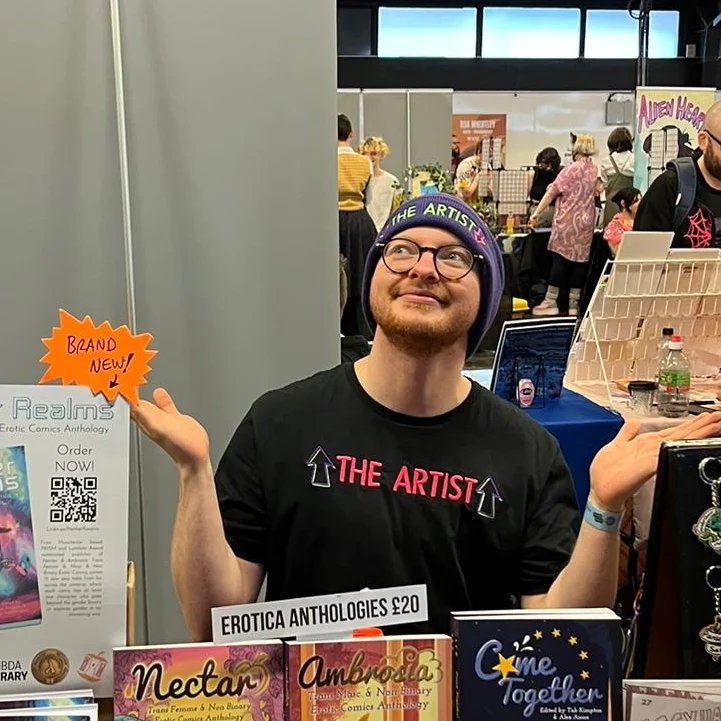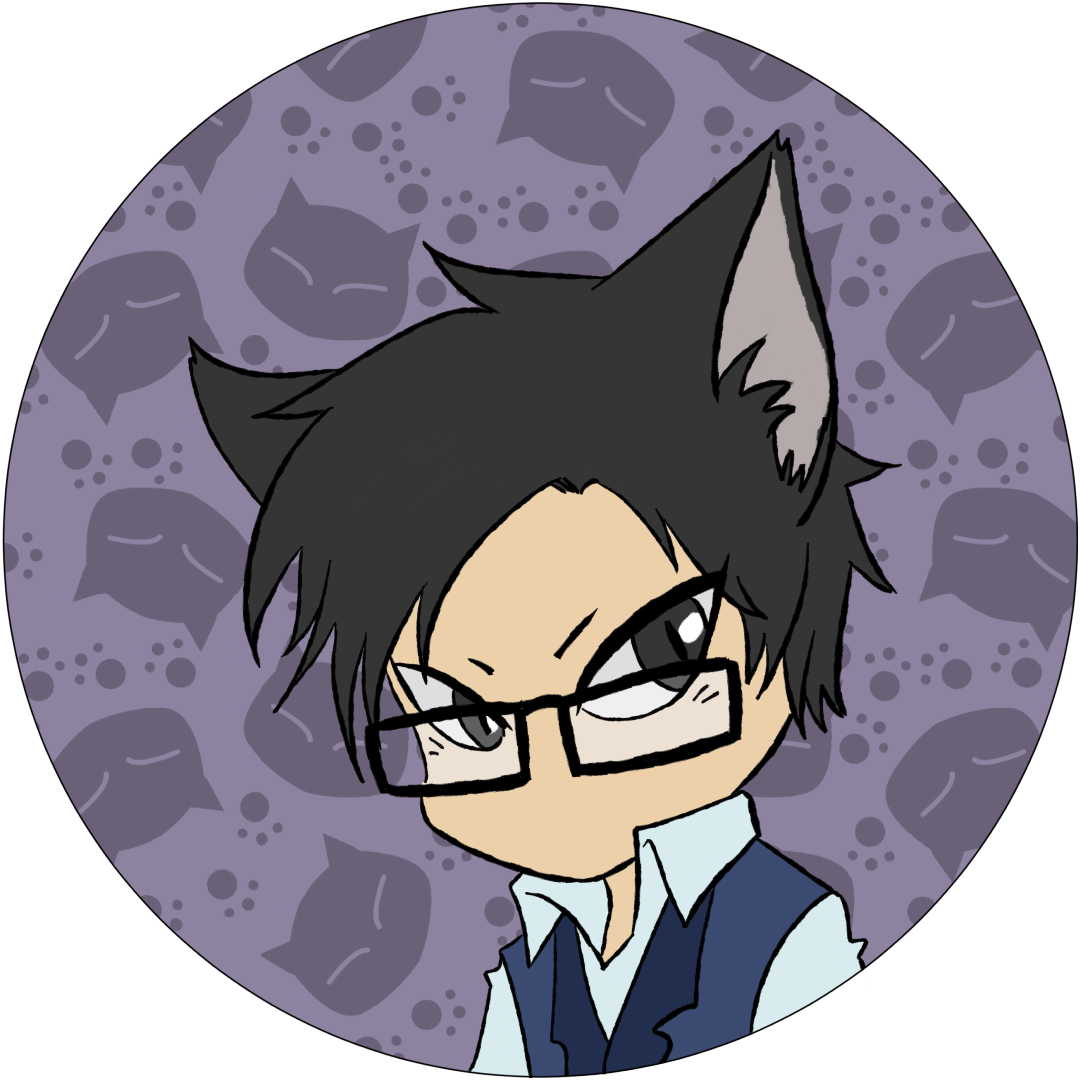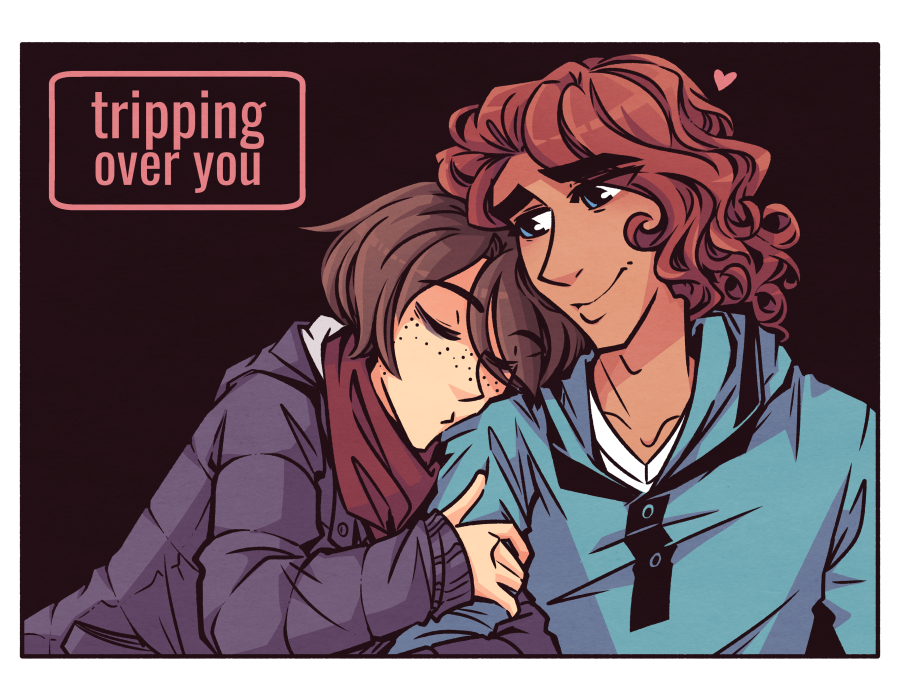
by Michele Kirichanskaya | Nov 26, 2022 | Blog
Tab Kimpton is a manchester based queer comic artist with a background in webcomics, crowdfunding and self publishing. His work includes comics such as Minority Monsters- An explorer’s guide to Alphabet Soup Land. He’s also the co-editor of two PRISM...

by Michele Kirichanskaya | Nov 16, 2022 | Blog
Nez is the webcomic creator of Friends With Benefits and Timeless Eclipse. He is based in New Zealand with an academic background in Animation Storyboarding. His story and art styles vary greatly from humorous and light-hearted, to dark and gritty moments. He works...

by Michele Kirichanskaya | Apr 30, 2021 | Blog
Suzana and Owen are a married lesbian couple who love world-building, character-making, and story-telling together. Tripping Over You is their current ongoing webcomic, and their attempt to fold all of those shared interests and passions together. I had the...



